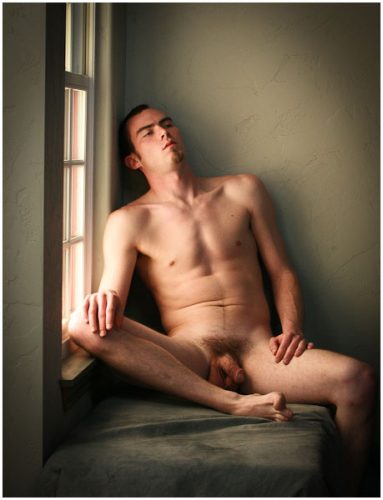 It’s been a while since I have written about anything technical so today is going to be about lenses and why the choice of lens becomes a key part of your self-expression. As many of us already know lenses come in a great variety of sizes and shapes. But there are basically two types of lenses: a fixed lens that will give you just one focal length, it used to be 50mm was standard with most cameras. Most cameras now come equipped with a multi focal length better known as zoom lenses, which gives you a range of options. It used to be that the single lenses that did one thing where the better lenses, because they only did one thing, so they were better manufactured with less to no distortions in the images. But over the years since I have gotten into photography the multi focal lenses have become nearly perfected, and now have become the new standard. They have many components within that move and adjust and so there is lots of room where distortion can occur. I have a variety of both.
It’s been a while since I have written about anything technical so today is going to be about lenses and why the choice of lens becomes a key part of your self-expression. As many of us already know lenses come in a great variety of sizes and shapes. But there are basically two types of lenses: a fixed lens that will give you just one focal length, it used to be 50mm was standard with most cameras. Most cameras now come equipped with a multi focal length better known as zoom lenses, which gives you a range of options. It used to be that the single lenses that did one thing where the better lenses, because they only did one thing, so they were better manufactured with less to no distortions in the images. But over the years since I have gotten into photography the multi focal lenses have become nearly perfected, and now have become the new standard. They have many components within that move and adjust and so there is lots of room where distortion can occur. I have a variety of both.
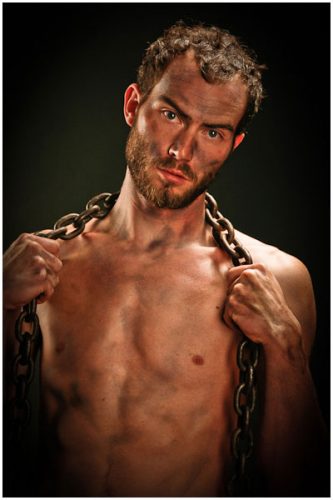 Lenses are then divided into three categories, wide angle, standard and telephoto with some zoom lenses spanning to range from all points within the gamut. These types of lens are typically not very good, because they are trying to handle too much within a single instrument, but can become good for beginner or novice photographers who can only afford one lens, generally at a cheaper price. Lenses are gauged and numbered based on their focal length, the lower the number, 28mm, the wider the angle of view; the higher the number, 300mm, the narrower the angle of view. It used to be, when you worked with a single focal length lens you would have to adjust yourself to the subject to compose the shots you wanted, but now with the multi focal lenses most people just point and shoot and adjust it with the lens. The disadvantage to this is that people become lazy because they no longer have to think about or work to get a shot and become less inclined to explore other possibilities for that particular shot or image. It also tends to make the photographer stand further away from the subject and not have to engage them, particularly with portraits. Typically the various focal lengths are associated with different styles of shooting and most photographers become enamored with a narrow focal length that begins to define their personal style. For instance photojournalism is shot with a wide angle to capture more of the environment and place the subject in the context of their settings. Example the cowboy image at the bottom. The context of that environment becomes the story of the image. Whereas someone who does intimate portraits wants the subject to become the point of interest, so they narrow in on the features of the face and capture what’s happening within the subjects expression and eyes. Yet someone else might focus on the intimate world of bugs and insects, birds or animals.
Lenses are then divided into three categories, wide angle, standard and telephoto with some zoom lenses spanning to range from all points within the gamut. These types of lens are typically not very good, because they are trying to handle too much within a single instrument, but can become good for beginner or novice photographers who can only afford one lens, generally at a cheaper price. Lenses are gauged and numbered based on their focal length, the lower the number, 28mm, the wider the angle of view; the higher the number, 300mm, the narrower the angle of view. It used to be, when you worked with a single focal length lens you would have to adjust yourself to the subject to compose the shots you wanted, but now with the multi focal lenses most people just point and shoot and adjust it with the lens. The disadvantage to this is that people become lazy because they no longer have to think about or work to get a shot and become less inclined to explore other possibilities for that particular shot or image. It also tends to make the photographer stand further away from the subject and not have to engage them, particularly with portraits. Typically the various focal lengths are associated with different styles of shooting and most photographers become enamored with a narrow focal length that begins to define their personal style. For instance photojournalism is shot with a wide angle to capture more of the environment and place the subject in the context of their settings. Example the cowboy image at the bottom. The context of that environment becomes the story of the image. Whereas someone who does intimate portraits wants the subject to become the point of interest, so they narrow in on the features of the face and capture what’s happening within the subjects expression and eyes. Yet someone else might focus on the intimate world of bugs and insects, birds or animals.
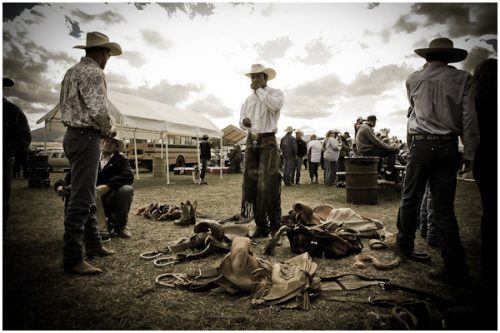 Now the third layers to choice of lenses, which most people don’t consider or know is: there is a psychological impact of how the lens expresses the photographer and captures the subject. This mostly has to do with intimacy and how we view or see our selves in relationship to the subjects. By nature these lenses each create a certain amount of sense of closeness, by design. The wide angle expands that sense of closeness and projects more distance in the image and to the viewer creating an effect where we are stepping outside of the image. Conversely the telephotos compress what’s in the image bringing us closer to the subject creating a greater sense of intimacy.
Now the third layers to choice of lenses, which most people don’t consider or know is: there is a psychological impact of how the lens expresses the photographer and captures the subject. This mostly has to do with intimacy and how we view or see our selves in relationship to the subjects. By nature these lenses each create a certain amount of sense of closeness, by design. The wide angle expands that sense of closeness and projects more distance in the image and to the viewer creating an effect where we are stepping outside of the image. Conversely the telephotos compress what’s in the image bringing us closer to the subject creating a greater sense of intimacy.
My style that I have developed over the years is to create a distance that has a voyeuristic quality, but at the same time creates a feeling of intimacy. It’s kind of a combination of the two sometimes right on the very edge of contradiction. I tend to use a medium focal length lens, that I must stand back from the subject and give them their space and privacy, yet enter and compress their world bringing the viewer into the psychological intimacy of these moments of emotion as they explore themselves becoming exposed. This is where the beauty of photography lies. Where I sync my own sense of identity and intimacy with that of the subject that stands before me naked. We all have a moment when we are raw and vulnerable, let our guard down, where we come to terms with our identity, that is often private and not revealed to ourselves, where we are allowed to exist within ourselves within the moment. This is the power of what I try to capture and what I have become and what I strive to express in my imagery.

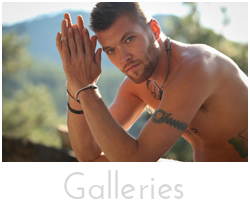
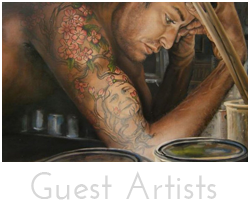
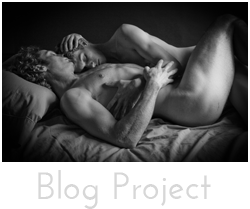
>I'm old enough to remember when the leaders of the photography community were very snooty about multis– 'real' photographers only used fixed length [and they only shot on Kodachrome 64…]
And since they were almost all urban shooters, wide angle was all the rage– their subjects were generally close at hand and needed to be placed in a visual context.
As a country kid, I generally needed the opposite– the ability to reach out to a distant object and bring it near enough to *see* in a 4×6 or 8×10 print, to capture the emotional intimacy I felt with vast Montana landscape.